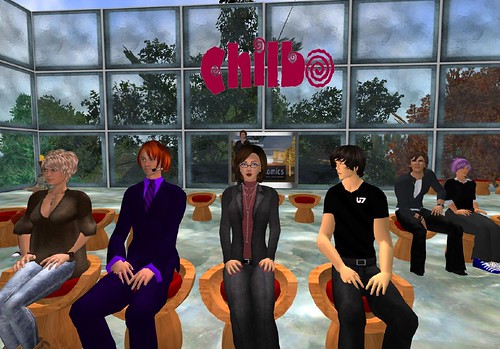At the TCEA conference in Austin, Texas this year,
David Pogue, New York Times columnist, gave the closing speech. A dynamic and hilarious speech it was as well as inspiring. One highlight that caught my attention was the story about the creation of the
Ocarina app. Long story short, a musician designs an app to mimic a classical flute instrument with the dream of everyone in the world sharing their music. At $0.99 per download and over a million downloads, the designer has been made an instant millionaire for an innovative idea.
Our students are the future of innovation. I think we should start looking into ways of allowing students to create Apps and share their creativity with the world. Whether this be turned to profit the schools, the students or just be an experience of a lifetime it is a move in the direction of 21st century educational change.
Let's teach our students in the programming languages of their passion. They are glued to devices whether an iDevice or Android, so why not have them take charge and create with these tools.
Developing for Mac:
http://developer.apple.com/programs/ios/
Developing for Android:
http://developer.android.com/index.html


